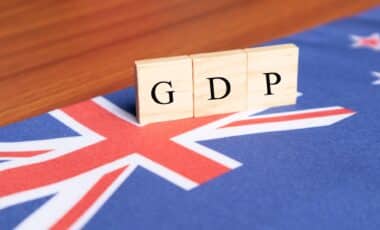The fallout from US President Donald Trump’s new tariffs on trade partners, including Australia, has raised concerns about the future economic outlook. Despite multiple interest rate cuts being flagged by the Reserve Bank of Australia (RBA), certain groups in Australia could be disproportionately affected by the changes in the global market.
Australian Treasurer Jim Chalmers has acknowledged the challenging economic landscape, with escalating trade tensions casting a long shadow over the global economy. As a result, the Australian share market experienced a steep decline, and the value of the Australian dollar showed considerable volatility.
These developments are linked to concerns about the impact of US tariffs, which could lead to significant economic disruptions, especially for certain sectors and demographics.
How the Tariffs Impact Australian Markets
The US tariffs, which impose additional taxes on goods from various countries including China and Vietnam, are expected to shift global trade patterns. According to Dr Zac Gross, a senior lecturer in economics at Monash University, the effects of these tariffs on Australia could be deflationary rather than inflationary.
While higher tariffs could increase prices in the US, the influx of cheaper goods from countries like China to Australia might reduce inflation locally.
The Australian beef sector, in particular, faces challenges, with a 10% tariff on its exports to the US. This could lead to job losses in rural regions where beef production is a significant industry, further exacerbating unemployment. As a result, the RBA may decide to lower interest rates to stimulate economic growth, despite concerns about inflation.
Dr Gross noted that rising unemployment and lower inflation create a textbook case for cutting interest rates, as the central bank seeks to counteract the negative economic effects of global trade tensions.
Who Will Feel the Brunt of the Impact?
While interest rate cuts may provide some relief to the broader Australian economy, certain groups will likely feel the brunt of the impact. Dr Gross pointed out that older Australians, particularly those in their 50s and 60s, who still have significant exposure to the stock market, are most at risk.
These individuals may find it harder to recover from any losses, as they are nearing retirement and have limited time to make up for market downturns.
Young investors, on the other hand, may be less affected, as they have more time to recover from any losses in the stock market. The superannuation sector, which many Australians rely on for retirement savings, is also expected to face limited direct impact, as younger people are better positioned to weather fluctuations.









